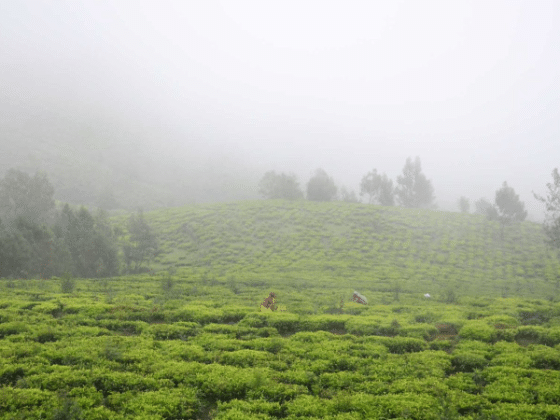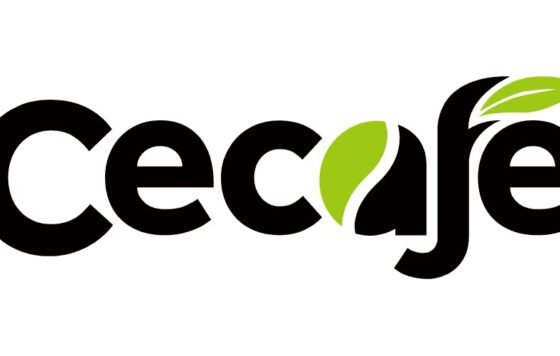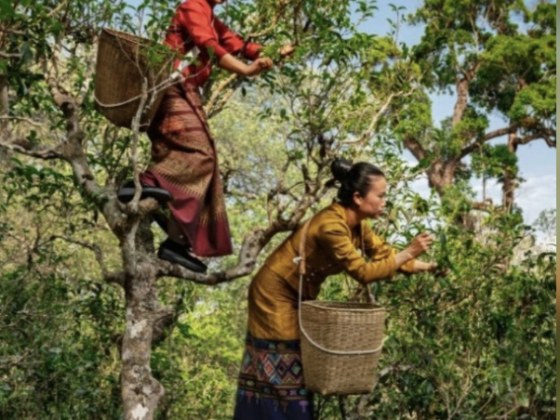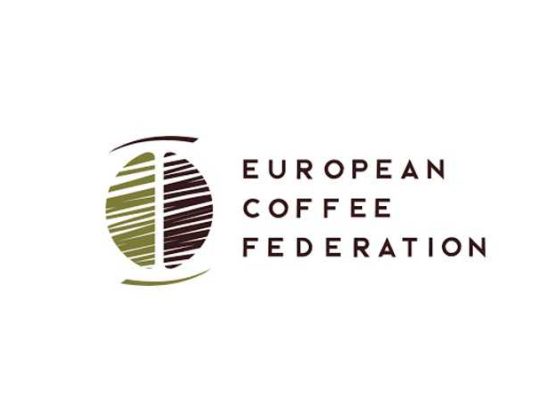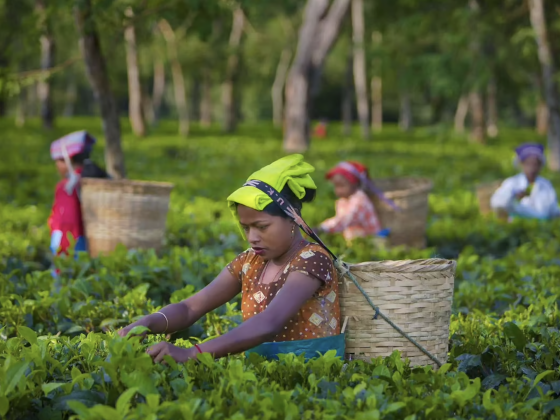«We don’t see an end in sight anytime soon,» said Leonardo Lombardini of Texas A&M’s World Coffee Research.
So far, major U.S. coffee companies have been able to find enough supply to avoid price increases. But some smaller outfits already have seen higher prices, said Ric Rhinehart of the Specialty Coffee Association of America.
Rhinehart said the worst-case scenario is that consumers eventually will pay «extraordinarily high prices for those coffees, if you can find them at all.»
He said some very specialized varieties from a single origin — Guatemalan antigua coffees, for example — have been much harder to source. If the problem continues, he says, some small coffee companies either will raise prices or use blends that are easier to find, decreasing the quality of the coffee.
Larger companies such as Starbucks and Keurig Green Mountain Inc. have multiple suppliers across the region and say they have so far been able to source enough coffee.
«It’s a little bit too soon to tell what the impact will be on supply and long term quality over time,» said Lindsey Bolger, who heads up coffee sourcing for Keurig Green Mountain.
Still, the companies are trying to ensure that their future supply isn’t affected, so they are working closely with growers on better practices that will help them avoid contamination.
«Supporting the farmer’s ability to access information, technology and resources allows them to adapt to these uncertainties and ensures the longevity of our industry’s supply chain,» said Craig Russell, Starbucks Global Coffee executive vice president. Starbucks even bought a Costa Rican farm for research purposes.
USAID intends to work with Texas A&M to step up research on rust-resistant coffee varieties and help Latin America better monitor and respond to the fungus. The U.S. already collaborates with some of the coffee companies and other international organizations to finance replanting of different varieties of trees.
The effort is part of the Obama administration’s Feed the Future program, which aims to rid the world of extreme poverty through agricultural development and improved nutrition.
While the effort has helped hungry children around the globe, «we’re at risk of backtracking because of coffee rust,» Shah says.
Source: ksro.com/news/article.aspx?id=7252654


